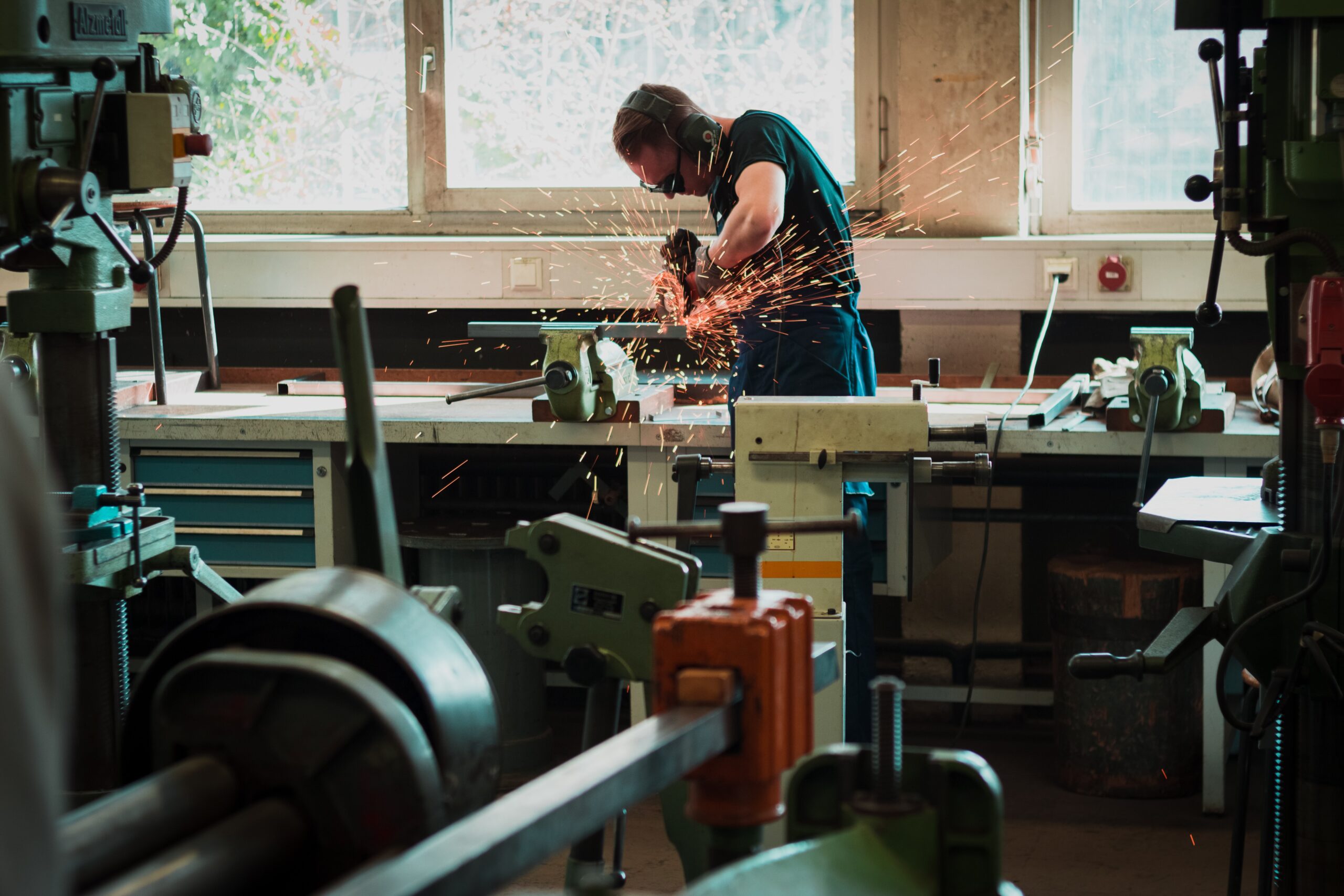
Posted on November-11-2024
Welding is an essential process across many industries, creating strong, durable joints that ensure the safety and longevity of structures and components. However, even the most skilled welders can encounter defects that compromise the quality and integrity of their work. Recognising these issues and understanding how to prevent them is key to producing reliable and professional welds. In this guide, Arc Welding Services explores common welding defects and offers tips on how to avoid them.
One of the most frequently encountered defects is porosity, which occurs when gas becomes trapped in the weld, forming tiny holes or cavities. These weaken the weld and can cause failure under stress. Porosity often results from contaminants like dirt, oil, or rust on the base material, as well as moisture in the filler material or improper shielding gas flow. To prevent porosity, it’s important to clean all surfaces thoroughly before welding, store electrodes and filler materials in a dry environment, and maintain the correct shielding gas flow rate to protect the weld pool from atmospheric contamination.
Cracking is another significant defect that can appear during or after welding. Cracks compromise the structural integrity of the weld and may extend deep into the joint. Causes include rapid cooling, residual stress, or poor joint design. To avoid cracking, preheat the base material when needed to slow cooling, use welding techniques that minimise stress, and design joints that distribute strain evenly. Proper preparation and technique go a long way in preventing this potentially catastrophic defect.
Undercutting is a defect where the weld metal fails to fill the edges of the groove, leaving a notch along the weld’s edges. This often occurs due to excessive heat input, incorrect welding angles, or improper electrode use. Preventing undercutting involves carefully controlling the heat input, adjusting the welding angle to ensure even distribution of weld metal, and avoiding overwelding. Ensuring the arc is stable and well-controlled can significantly reduce the risk of undercutting.
Incomplete fusion is a defect that occurs when the weld metal doesn’t fully bond with the base metal or with previous weld passes, resulting in a weak joint. This issue often arises from insufficient heat input, improper cleaning, or poor welding technique. To avoid incomplete fusion, increase the heat input if necessary, clean the joint area thoroughly to remove contaminants, and use a consistent travel speed and electrode angle to ensure full penetration and bonding.
Spatter, while not a structural defect, can create an unprofessional appearance and require additional cleanup. It occurs when molten droplets of weld metal are ejected during welding, often adhering to the surrounding surfaces. Spatter typically results from high amperage settings, an incorrect arc length, or poor shielding gas flow. Adjusting the amperage to appropriate levels, maintaining a consistent arc length, and ensuring adequate shielding gas coverage can greatly reduce spatter and improve the weld’s appearance.
At Arc Welding Services, we are dedicated to helping our clients achieve the highest standards in welding. By understanding these common defects and implementing best practices to prevent them, you can enhance the quality and reliability of your welds. If you’re facing challenges or want to refine your welding techniques, our expert team is here to assist. We offer professional advice and high-quality equipment.
For more information or to discuss your requirements, please give us a call today on 0121 327 2249. We also have an online enquiry form that you can complete, and a member of our team will be in touch with you as soon as possible.